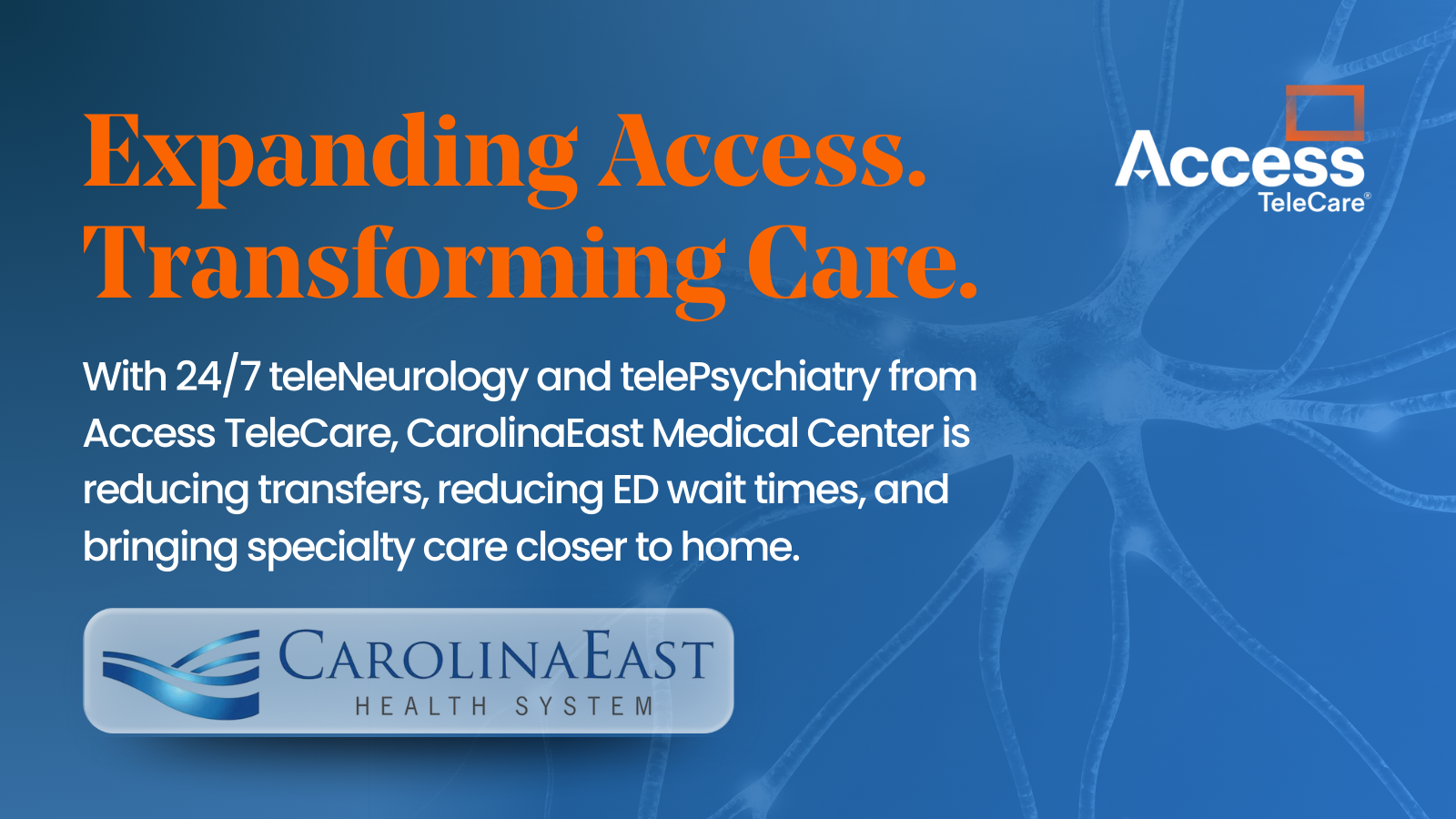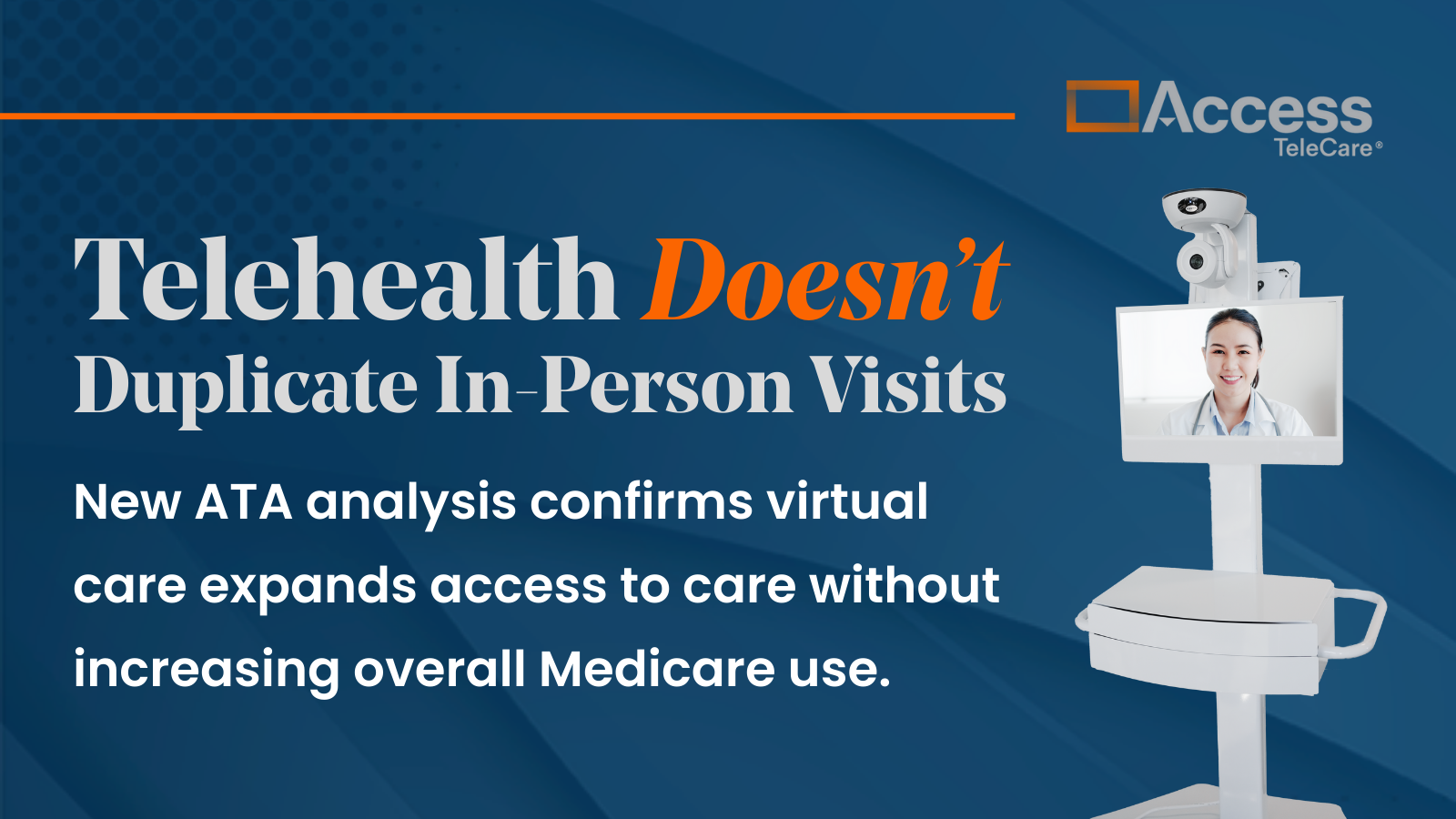When it comes to stroke, every second matters. For Hendrick Health — a three-hospital health system serving more than 400,000 residents across 24 rural counties in West Central Texas — improving response times wasn’t just a quality goal. It was a matter of saving lives.
Facing a shortage of neurologists and increasing demand for 24/7 stroke coverage, Hendrick Health needed a solution that could expand access to expert care without the delays and distance of patient transfers.
They turned to Access TeleCare.
The result? A transformation in stroke care delivery — measurable, scalable, and deeply human.
Quantifiable Results, Measurable Impact
Since implementing Access TeleCare’s teleNeurology solution, Hendrick Health has achieved remarkable gains in speed and efficiency:
- Door-to-needle times consistently under 45 minutes across all Hendrick Health campuses
- Significant reduction in transfers, ensuring more patients receive stroke treatment close to home.
600% increase in teleNeurology consults in the past 5 years
These metrics aren’t just numbers; they represent more lives saved, faster recoveries, and stronger communities.
“For quality metrics, Access TeleCare has become a vital part of the stroke care team,” said Martee Tebow, RN, Stroke Program Manager at Hendrick Health. “Together, we’ve reduced call-to-screen times, shortened door-to-needle times, and improved outcomes for our patients and their families.”
Partnership in Action
Hendrick’s success demonstrates what’s possible when local teams and virtual specialists work as one. From the initial activation of a stroke code to final intervention, Access TeleCare’s technology integrates seamlessly with hospital workflows, ensuring every step of the process is coordinated, timely, and transparent.
As Hendrick continues to advance toward thrombectomy-capable designation, teleNeurology remains at the core of its mission: delivering high-quality, lifesaving stroke care — right where patients live.
Read the Full Story
See how Hendrick Health and Access TeleCare are redefining rural stroke care, improving outcomes, and keeping patients closer to home.









